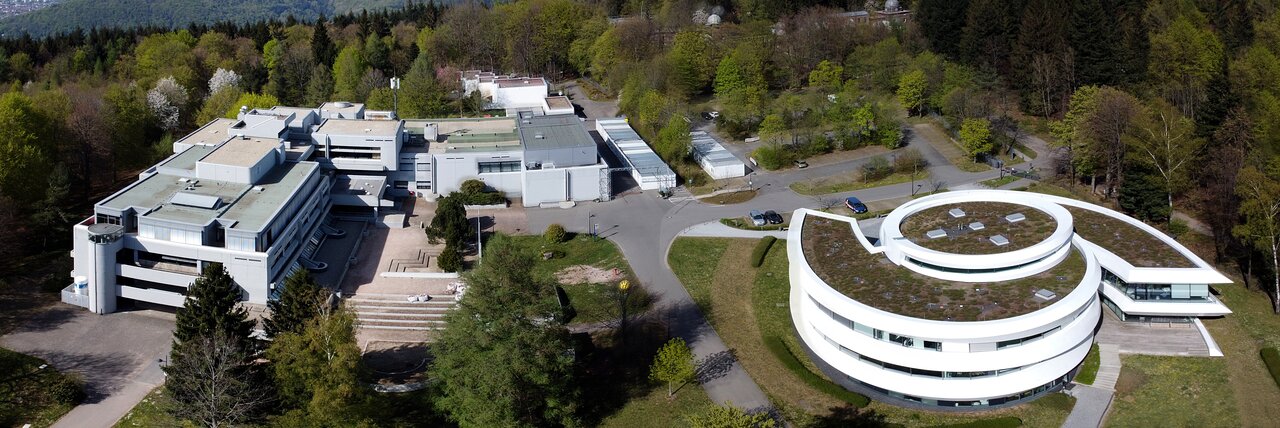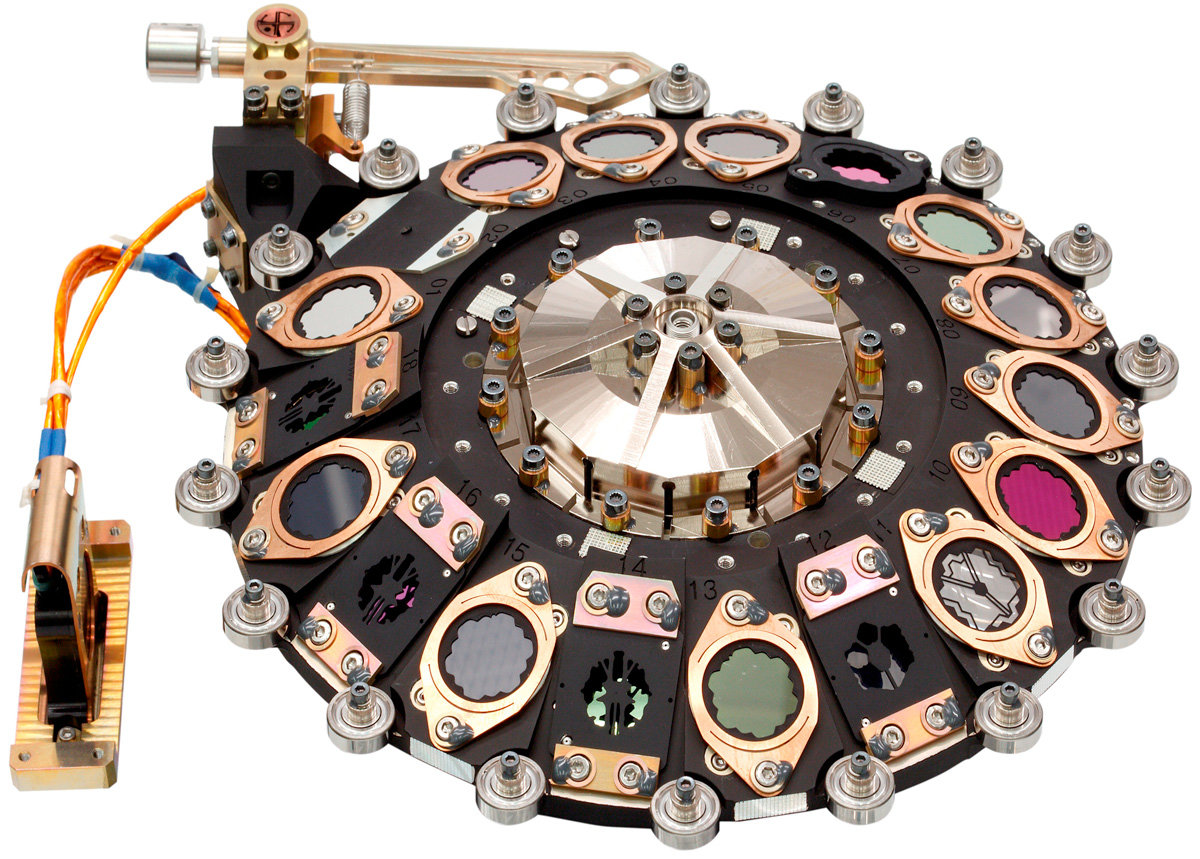
Research and Development at the Max Planck Institute for Astronomy
How did our home planet form? Are planets like our Earth exceptionally rare or quite common?
What information can we glean from the more than thousand planets around other stars astronomers have found in the past decades? How can we detect earth-like planets around distant stars? And how might we find out whether or not they harbor life?
How do stars form, and what is needed to make a star? How do the cradles of the stars - the molecular clouds - form out of the more diffuse interstellar medium? On a larger scale, what about our wider cosmic environment - how did our home galaxy, the Milky Way, come into existence? More generally, how do all the different types of galaxies form? And what makes some galaxies produce more stars than others?
These fundamental questions about our origins, the evolution of our cosmic environment and, more generally, our place in the cosmos are what drives research at the Max Planck Institute for Astronomy. In our quest for answers, we use, and help build some of the most advanced observational tools available - ground-based as well as space telescopes. We also simulate the formation and evolution of stars, planets, and galaxies and conduct laboratory experiments on the foundations of astrophysical processes.

Telescopes, instruments and new technologies
Astronomers are constantly pushing the boundaries of increasingly detailed observation and data for a growing number of objects at a variety of wavelengths in the electromagnetic spectrum.
The telescopes and instruments required for this kind of cutting-edge research cannot be purchased from industry: they are usually developed by consortia of research institutes that work with specialized companies. In return, the institutes gain observing time on the instruments with which, by virtue of having built them, they are thoroughly familiar.
MPIA is involved in the development of both ground-based and space-based instruments.
The institute's wide range of expertise includes the development of near-infrared adaptive optics and interferometry - the former a technique for removing the Earth's atmosphere's disturbing influence from astronomical images, and the latter for practically combining several telescopes into one, thereby allowing much finer details to be observed.
Current projects in this field include the LINC-NIRVANA instrument for the Large Binocular Telescope in Arizona, and the GRAVITY and MATISSE instruments for the Very Large Telescope Interferometer at ESO's Paranal Observatory in Chile. MPIA is also involved in the design and construction of two instruments, MICADO and METIS, for the 39-meter Extremely Large Telescope (ELT), which is set for completion in 2024.
One of the other innovative instruments in which we are involved is CARMENES, a high-resolution radial velocity machine at Calar Alto Observatory used for the search for M dwarfs with exoplantes.
Other MPIA characterizing and reading key areas of research lie in mechanical engineering for space telescopes, and in infrared detectors. MPIA developed mechanisms were used aboard the Herschel Space Observatory, and form an integral part of the preparations for three space missions: the James Webb Space Telescope, a near-infrared 6.5-m telescope launched on December 25th, 2021, the EUCLID spacecraft, set to explore dark energy and dark matter from mid 2022 onward, and the Roman Space Telescope, planned to be launched in 2027, which will dedicate itself to the topics of dark energy and exoplanets.
We are also active in astronomical software development. Notably, MPIA contributes analysis software to the astrometry space project Gaia.
Developing instruments for cutting-edge astronomical research often involves creating new technological solutions. In this area too, MPIA is active, for instance through our collaboration with the Fraunhofer Institute for Applied Optics and Precision Engineering in the field of innovative metal optics, which has resulted in a successful patent application.
Academic Europe, the European career network for Academics, Researchers and Scientists